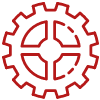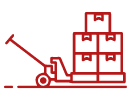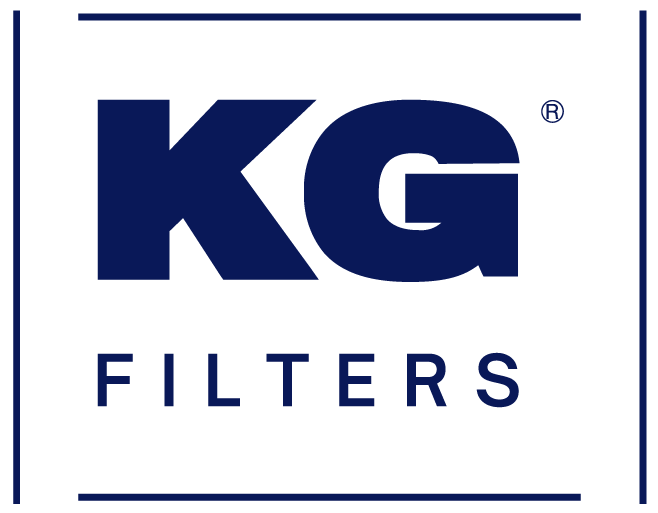Angular contact ball bearings are vital in various industrial applications, particularly those involving high-speed machinery and combined radial and axial loads. Their unique design, with a line of contact at an angle to the bearing axis, allows them to excel in scenarios where regular ball bearings fall short. In this exploration, we delve into the intricacies of angular contact ball bearings, shedding light on their design, working principles, and the advantages they offer in diverse applications.

Understanding Angular Contact Ball Bearings
Angular contact ball bearings, as the name suggests, are designed to facilitate point contact between the inner and outer ring raceways and the balls. This point contact, created at an angle known as the contact angle, allows these bearings to accommodate both radial and axial loads. Unlike typical radial ball bearings, angular contact ball bearings can effectively carry axial loads in one direction. This application is particularly beneficial where forces act in different directions, such as in machine tool spindles.
Single Row Angular Contact Ball Bearings
Single-row angular contact ball bearings are the most common type and are renowned for their high-speed capabilities. They consist of a single row of balls held in place by a cage, with a contact angle designed to provide optimal load-bearing capacity. These bearings are highly versatile and find applications in a wide variety of businesses, such as aerospace, automotive, and machine tools.
Double Row Angular Contact Ball Bearings
For applications that require even higher load-carrying capacity and the ability to handle axial loads in both directions, double-row angular contact ball bearings are the preferred choice. They feature two rows of balls and are capable of accommodating larger radial and axial forces. Industries that demand heavy-duty performance, such as construction and mining, often rely on double-row angular contact ball bearings.
The Advantage of Angular Contact Bearings
The primary advantage of angular contact ball bearings is their ability to carry combined radial and axial loads. This means they can support both the weight of a rotating component and any axial forces it experiences. The contact angle, a key design parameter, plays a crucial role in determining the load-carrying capacity. Increasing the contact angle enhances the axial load-carrying capacity but may reduce the radial load capacity. Therefore, selecting the appropriate contact angle is essential to meet specific application requirements.
Optimizing Bearing Arrangements
In complex machinery, it’s common to use multiple angular contact ball bearings arranged in various configurations to achieve the desired performance. These configurations may include pairs of bearings in a back-to-back, face-to-face, or tandem arrangement. Each arrangement offers unique benefits in terms of load distribution and rigidity, allowing engineers to fine-tune bearing setups for optimal performance.
High-Speed Precision
One of the standout features of angular contact ball bearings is their suitability for high-speed applications. Their design minimizes friction and heat generation, making them ideal for operations where rotational speeds are critical. This quality is particularly crucial in industries like aerospace, where precision and speed are paramount.
KG International’s Expertise in Angular Contact Ball Bearings
At KG International, we understand the significance of angular contact ball bearings in various industries. Our product range includes high-quality bearings, including single-row and double-row angular contact ball bearings, designed to meet the demanding needs of modern machinery. We prioritize precision, reliability, and durability in our bearings, ensuring that they excel in even the most challenging environments.
Angular contact ball bearings are a cornerstone of many industries thanks to their ability to handle combined radial and axial loads, high-speed capabilities, and precision engineering. Whether it’s single-row or double-row angular contact ball bearings, their versatility and performance make them indispensable in modern machinery. KG International’s commitment to delivering top-tier angular contact ball bearings underscores our dedication to helping businesses achieve peak operational efficiency.

























